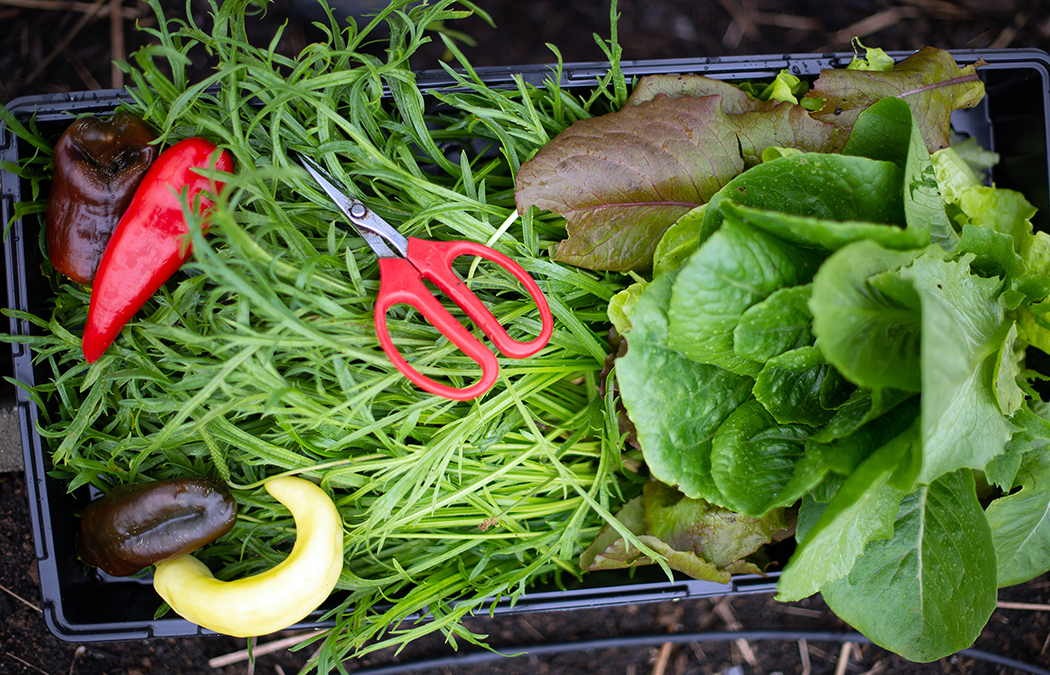NUSTART InSights

Why Should You Homestead?
Homesteading offers numerous benefits, both for individuals and the environment. By growing your food, you have control over the quality and freshness of the produce. You can ensure that no harmful chemicals or pesticides are used in the process, leading to healthier and more nutritious meals.
Additionally, homesteading reduces your carbon footprint. By growing your food, you decrease the need for transportation and packaging, which are significant contributors to greenhouse gas emissions. Homesteading also promotes biodiversity and protects the environment by avoiding harmful agricultural practices.

What is Vitamin A?
Vitamin A is a crucial nutrient that plays a vital role in maintaining good health. It is a fat-soluble vitamin that is essential for proper vision, immune function, and cell growth. There are two main forms of vitamin A: retinoids and carotenoids.
Retinoids
Retinoids are the active forms of vitamin A and are found in animal sources. They include retinol, retinal, and retinoic acid. Retinoids are highly bioavailable and can be easily absorbed by the body. They are essential for maintaining healthy skin, promoting cell turnover, and supporting vision.

Vitamin C, also known as ascorbic acid, is a vital nutrient crucial in maintaining overall health. While ascorbic acid is the most common form of Vitamin C, several other forms offer unique benefits. Let's explore some of the best forms of Vitamin C other than ascorbic acid.
Sodium Ascorbate
Sodium ascorbate is a buffered form of Vitamin C that is less acidic than ascorbic acid. It is gentle on the stomach and is easily absorbed by the body. Vitamin C is particularly beneficial for individuals with sensitive stomachs or those prone to digestive issues.

Our body has a sophisticated mechanism to regulate our fluid levels and keep us properly hydrated. When we're dehydrated, our brain triggers a sensation of thirst as a signal to replenish the lost fluids. However, this thirst mechanism is not always accurate and can sometimes be mistaken for hunger.
How dehydration can trigger hunger signals: The hypothalamus, the part of the brain responsible for regulating hunger and thirst, can sometimes misinterpret the body's signals. When our fluid levels are low, the brain might interpret it as a need for energy, leading to the sensation of hunger instead of thirst. This confusion can cause us to reach for food when all we really need is a glass of water.

Cravings are when your body says it needs sugar or food that it doesn’t.
Hunger is when your body says it needs food because it does.
These are two completely different things.
If we follow our cravings, then we add excess body fat instead of losing it.
But if we don’t follow hunger, then we not only don’t give our body what it needs to repair itself or operate properly, but we also set ourselves up to gain excess fat back again.
So before we change anything, we need you to be able to tell the difference between these two things to ensure we’ve made it.
Cravings come from:
- Addiction by the cells to sugars,




